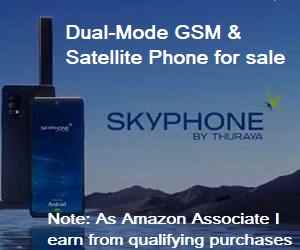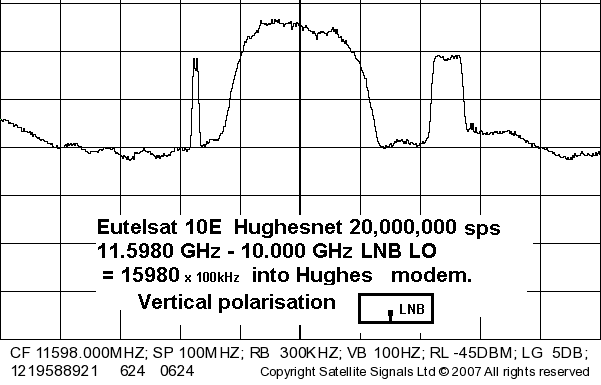Satellite Internet Forum.
Welcome, Guest. Forum rules.To search this site click here > SATSIG search
| Home Login Register |
| Satellite Internet forum › Dish pointing and alignment › 10E from Mosul |
|
Pages: 1
|
10E from Mosul(Read 4570 times) |
|
JonnyRotten
Member
★★ Offline Posts: 24 |
Aug 23rd, 2008 at 8:37am
|
| Back to top |
IP Logged
|
|
Eric Johnston
Senior Member
★★★ Offline Posts: 2109 |
Reply #1 - Aug 23rd, 2008 at 10:43am
|
| Back to top |
IP Logged
|
|
JonnyRotten
Member
★★ Offline Posts: 24 |
Reply #2 - Aug 24th, 2008 at 1:03pm
|
| Back to top |
IP Logged
|
|
Eric Johnston
Senior Member
★★★ Offline Posts: 2109 |
Reply #3 - Aug 24th, 2008 at 2:45pm
|
| Back to top |
IP Logged
|
|
USN - Retired
YaBB Moderator
★★★★★ Offline Posts: 837 Kentucky (USA) |
Reply #4 - Aug 24th, 2008 at 2:46pm
|
| Back to top |
USN (Ret)
IP Logged
|
|
JonnyRotten
Member
★★ Offline Posts: 24 |
Reply #5 - Aug 24th, 2008 at 3:45pm
|
| Back to top |
IP Logged
|
|
Eric Johnston
Senior Member
★★★ Offline Posts: 2109 |
Reply #6 - Aug 24th, 2008 at 4:52pm
|
| Back to top |
« Last Edit: Aug 26th, 2008 at 2:36pm by Eric Johnston »
IP Logged
|
|
JonnyRotten
Member
★★ Offline Posts: 24 |
Reply #7 - Aug 26th, 2008 at 1:10pm
|
| Back to top |
IP Logged
|
|
Eric Johnston
Senior Member
★★★ Offline Posts: 2109 |
Reply #8 - Aug 26th, 2008 at 2:22pm
|
| Back to top |
IP Logged
|
|
Pages: 1
|
Email me: eric@satsig.net
Powered by YaBB 2.5.2!
YaBB Forum Software © 2000-. All Rights Reserved.
Disclaimer, Terms of Use and Privacy Forum User Agreement Forum rules Cookie policy.




